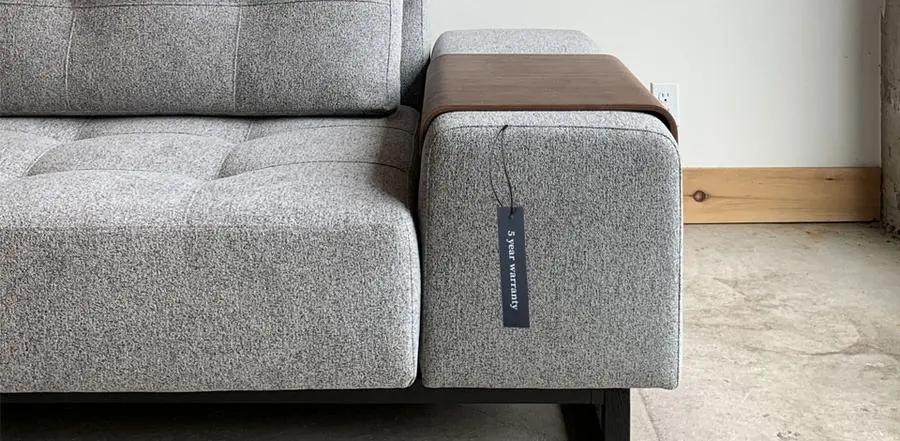5 tips for decorating a small space
Our cities are getting bigger and our homes are getting smaller. The demand for furniture and design to suit small spaces is constantly growing. We've put together a list of interior designers favourite tips for maximizing the potential of smaller spaces without overwhelming it.
1. Closed shelving

I know, your search of Pinterest will reveal image after image of cute little kitchens with open shelves displaying wonderfully coordinated plates and an impressive selection of cake displays.

The reality is, your dishes don't look like that. You aren't that organized and you never will be.
Keep the doors on your kitchen cabinets and if you must - just take one off to give the allure that everything behind the closed doors are just as lovely and organized as what you have on display.
The same rule can be applied to other rooms. Choose entertainment units with doors to keep electronic clutter hidden, put doors on your Ikea Billy bookcase and when that's not possible, use bins. Baskets and bins can hold your smaller items to keep the space looking clean and open.
2. Mount it on the wall

Mash Studios makes this wonderful closed shelving, wall mountable storage solution (2 tips in 1!). Mounting storage or other furniture to walls keeps the floor space open, giving the impression that the furniture is not taking up any space at all. This unit would make a great entertainment console or dining room sideboard.
3. Think calm

I don't mean filling the room with incense and meditation rugs (is that a thing?). Small spaces can be overwhelming, especially if it's a main room that is used by everyone in the house. Light and muted colours for most of the space and art that isn't too busy. Next make sure that you only have one focal point in the room (a good general rule in all space sizes, but especially important in small rooms). Having one place to draw the eye and allowing the rest of the furniture and decor to take second stage will minimize an otherwise overwhelming visual. The room will also feel larger and more comfortable. It also means you can still add that pop of colour to create interest.
4. Size it right

Making sure your furniture and decor is the right size for the space is always important, but especially when you have to maximize what you've got. While we usually think small room - small furniture, this isn't always the case. You need to use a room wisely and scale is often more important than size. While you don't want a big bulky sofa in a small room, you might want one that is long allowing you to use a short wall to its full potential. A sectional can also be a great space saver, it'll use space that a sofa and club chair would otherwise waste. The same goes for art and frames. One big piece of art will open up a room more than a grouping of small pictures and keep things looking clean and organized (refer to tip 3). Small thin frames over wide ones... you get the point. Think scale, keep it minimal and use space wisely.
5. Double duty furniture

While a sofa bed is the easiest example of double duty furniture (and a great one!) don't overlook other options. Ottomans are great for storing blankets and board games (these can be chunky though - so a good option only when an ottoman is truly needed). Entertainment units can also be used as storage and a display shelf (ikea does those well). Think - "Can I use this (insert item you are about to purchase) for more than one thing?" If you're adding something new to the room, see if you can eliminate something at the same time. The bench/shoe storage pictured above is another great example of double duty furniture. It's also another smart Mash Studios design.



